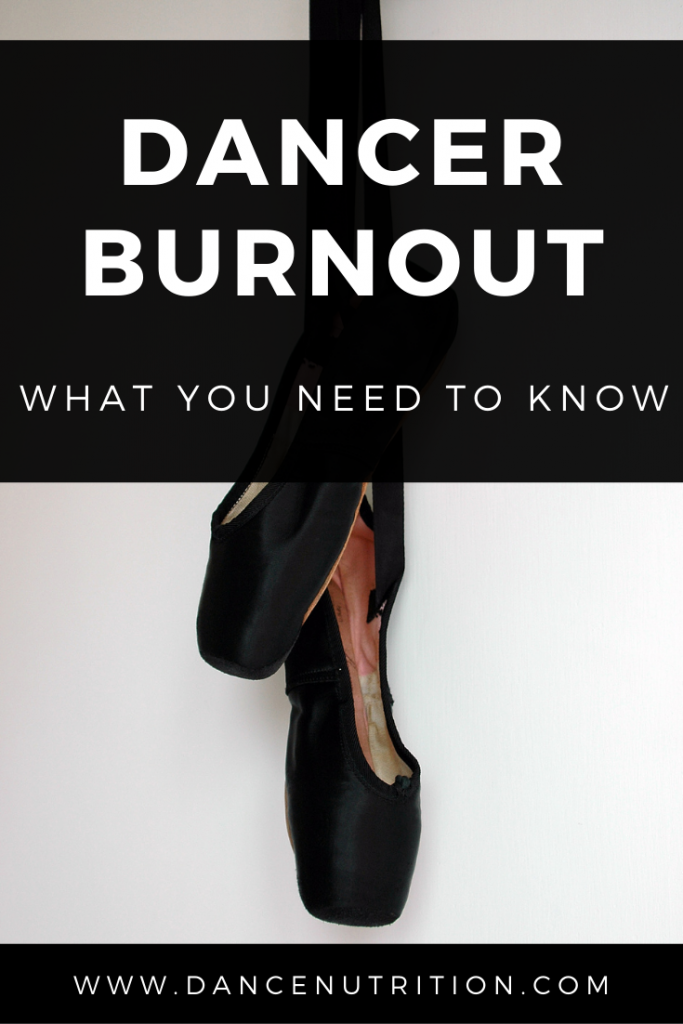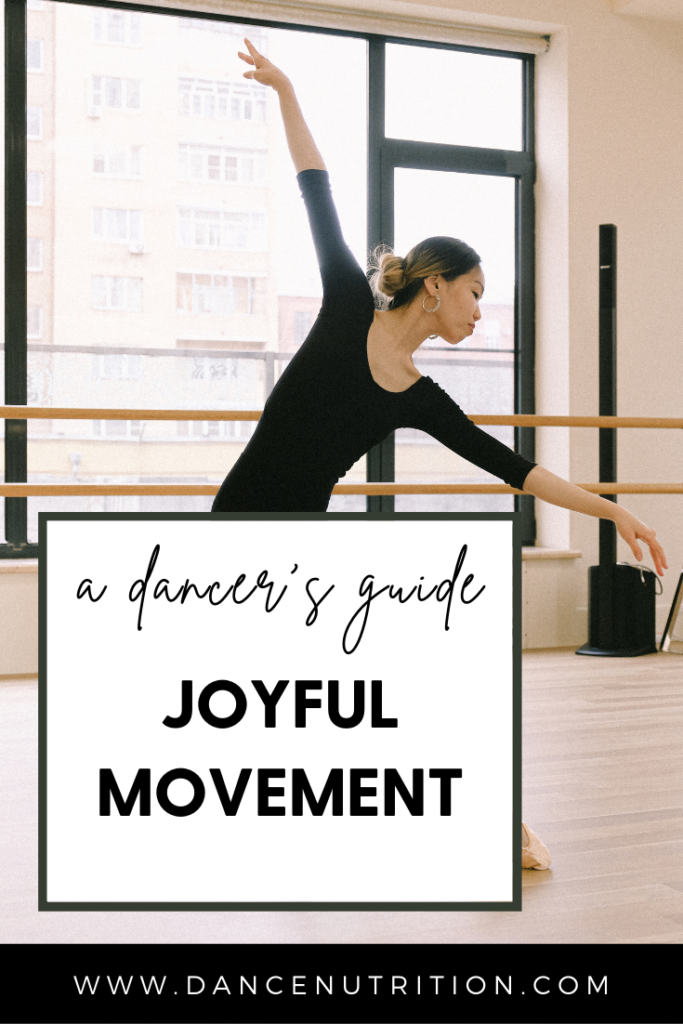Dancer burnout is a very real and valid experience— even among the most seasoned professionals. A high-pressure environment, coupled with unrealistic expectations around food and body image, often sets the stage for a complicated and painful relationship with movement. What may have once begun from a place of pure joy can quickly become overshadowed by competition, comparison, and the pressure to manipulate body weight, shape, and size.
But here’s the truth: all dancers deserve to dance for joy, not for the demands of dancer diet culture.
If you’re feeling overwhelmed, disconnected, or burnt out, you’re not alone. In this article, I’ll walk you through five actionable steps to help you reconnect with the joy of movement, build a more sustainable relationship with dance, and rediscover your passion.
The Connection Between Intuitive Eating and Dancer Burnout
Intuitive Eating teaches us how to repair our relationships with food and body. Among its ten guiding principles, one is especially important for dancers facing burnout: Joyful Movement.
Joyful Movement is about finding ways to move your body that feel good— physically, mentally, and emotionally. Similar to how intuitive eating challenges rigid food rules, joyful movement encourages a shift away from rigid, prescriptive exercise goals.
For dancers, movement often begins with joy. It’s built into our art. However, technical demands and competitiveness can make it easy to lose sight of that original passion. The key question becomes:
How do we hold onto joy in an environment that often pressures us to chase perfection?
Let’s dive into five key steps:
5 Steps To Joyful Movement for Dancers
#1: Reflect on Your Relationship with Dance
If you’re reading this, chances are you’re experiencing some degree of burnout. But how can you tell if it’s burnout and not just an “off” day?
Speaking from personal experience, true burnout often feels like dread. Nerves, anxiety, and the thought of facing another class feel like climbing a mountain. The excitement you once felt seems distant.
Ask yourself:
- When I dance, what comes to mind?
- Am I dancing for the love of storytelling, artistry, and challenge?
- Or am I dancing to change how my body looks?
Warning signs that your relationship with dance may be shifting toward burnout include:
- Taking classes primarily to “burn calories.”
- Feeling like you must “earn” food by how much you dance.
- Believing that more classes will make you look like someone else (weight, shape, or size).
These are red flags worth addressing with care and compassion.
#2: Rebuild Your Relationship with Food
Food and fuel are central to your performance, energy, and emotional resilience.
I’ve previously written about Relative Energy Deficiency in Sport (RED-S)— a condition that dancers are especially vulnerable to when their energy intake doesn’t meet their energy needs. Under-fueling can leave dancers exhausted, injured, and emotionally depleted. To rebuild a positive relationship with food:
- Focus on fueling adequately throughout the day. This means multiple balanced meals and snacks depending on your schedule.
- Challenge the guilt that may arise around eating.
- Incorporate fun foods that nourish both your body and your soul.
Helpful starting points:
- How Can Dancers Rebuild Their Relationships With Food?
- How To Stop Feeling Guilt After Eating
- Gentle Nutrition for Dancers
#3: Prioritize Joyful Rest
Rest is not a luxury— it’s a necessity and essential for a sustainable dance journey. However, this reality can sometimes feel like a privilege for dancers struggling to find balance and other sources of income. If being in the studio triggers obsessive or disordered thoughts, time away may be necessary for your physical, mental, and emotional health.
Remember: Taking a break, whether for a few weeks or even a few years, doesn’t mean you’re giving up. You are honoring your well-being. Your best time to return to the studio is when you can dance without obsessive thoughts about unsustainable food and body beliefs. Bottom line: second-guessing your return to the studio for reasons of potentially feeling triggered, then consider this a sign that you’re not ready.
When you’re ready to return:
- Focus on movement that feels good rather than “productive.”
- Explore gentler forms of movement like walking, stretching, or simply being outdoors.
- Allow yourself to feel discomfort without judgment — healing takes time.
Movement doesn’t have to be “all or nothing.” Even non-traditional forms of movement — grocery shopping, playing with a pet, light yoga — can offer mood-boosting benefits without the intensity of formal dance training.
#4: Broaden Your Definition of Movement
Joyful movement means letting go of “shoulds” and embracing what feels satisfying in your body, not what’s expected or demanded. Understandably, this is challenging for dancers who spend years fulfilling the demands of directors and choreographers.
If shifting your relationship with movement feels overwhelming, start by reconnecting with what first drew you to dance:
- Was it the community?
- The emotional expression?
- The artistry?
Find creative ways to nurture these pathways outside of dance too:
- Join a book club.
- Start a craft project.
- Reconnect with friends outside the studio.
There are no rules for what movement or creativity “should” look like. Give yourself permission to redefine success.
#5: Build a Support System
Burnout can be isolating, but you don’t have to face it alone. Regularly assess:
- Am I dancing for joy or for body manipulation?
- Does gentle movement feel pointless or frustrating?
- Is my schedule leaving me exhausted and depleted?
- Am I struggling to find time for other hobbies because of my dance demands?
If you answered “yes” to any of these, it may be time to reach out for support. Because of the association between Relative Energy Deficiency In Sport and burnout, dancers are encouraged to build a team approach. This involves working with a mental health therapist, a Registered Dietitian Nutritionist specializing in dancers, and possibly a medical professional.
Ready to get started? Through The Healthy Dancer® platform, I help dancers build sustainable practices that protect their artistry, challenge harmful industry norms, and foster lasting joy in movement.
If you’re struggling with burnout, know that it’s not a reflection of your talent or dedication. It’s a call to reconnect with your deepest reasons for dancing — and with yourself.




